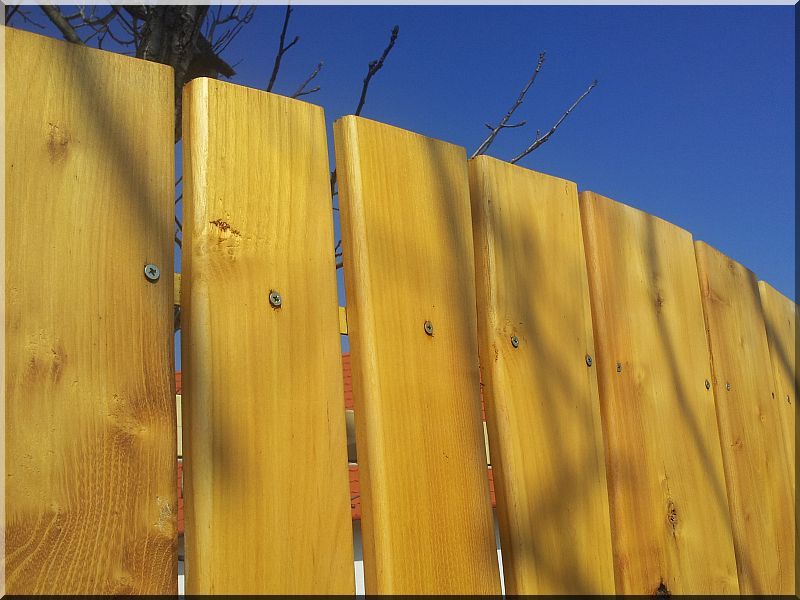Categories
- New arrivals
- Products on sale
- Products in stock
- Wabi sabi
- Locust planks, sawn products
- Antique wood
- DIY goods
- Demolished planks, beams
- Furniture logs
- Furniture, by function
- By furniture, rooms
- Furniture by style
- Country chic
- Sanded acacia posts
- Decorations
- Planks, lumbers
- Diy ideas
- Unique, antique
- Building materials
- Wall coating
- Beam furniture
- Wood root
- Industrial style
- Pavement slabs
- Corral
- Wooden posts
- Debarked locust logs, posts, stakes
- Garden products
- Lamps
- Natural wood
- Retro
- Antiques
- Log furniture
- Shabby chic
- Style
- Colour samples
- Service
- Retaining wall, retaining wall elements
- Textile
- Vintage
- Vintage & loft
- Wabi sabi apartments, furniture, decorations
- Branch fence
- We're looking for an employee!
- We are looking for a supplier!
Recommended products
Forum
Product Details
| Product properties | As a result of classicism, the values of Roman-Greek culture became dominant again during the Renaissance, which was reflected in the shape of the furniture and the style of their decorative elements in empire-style furniture in France. |
| Additional products |
180 000 Ft + ÁFA (228 600 Ft)
|



